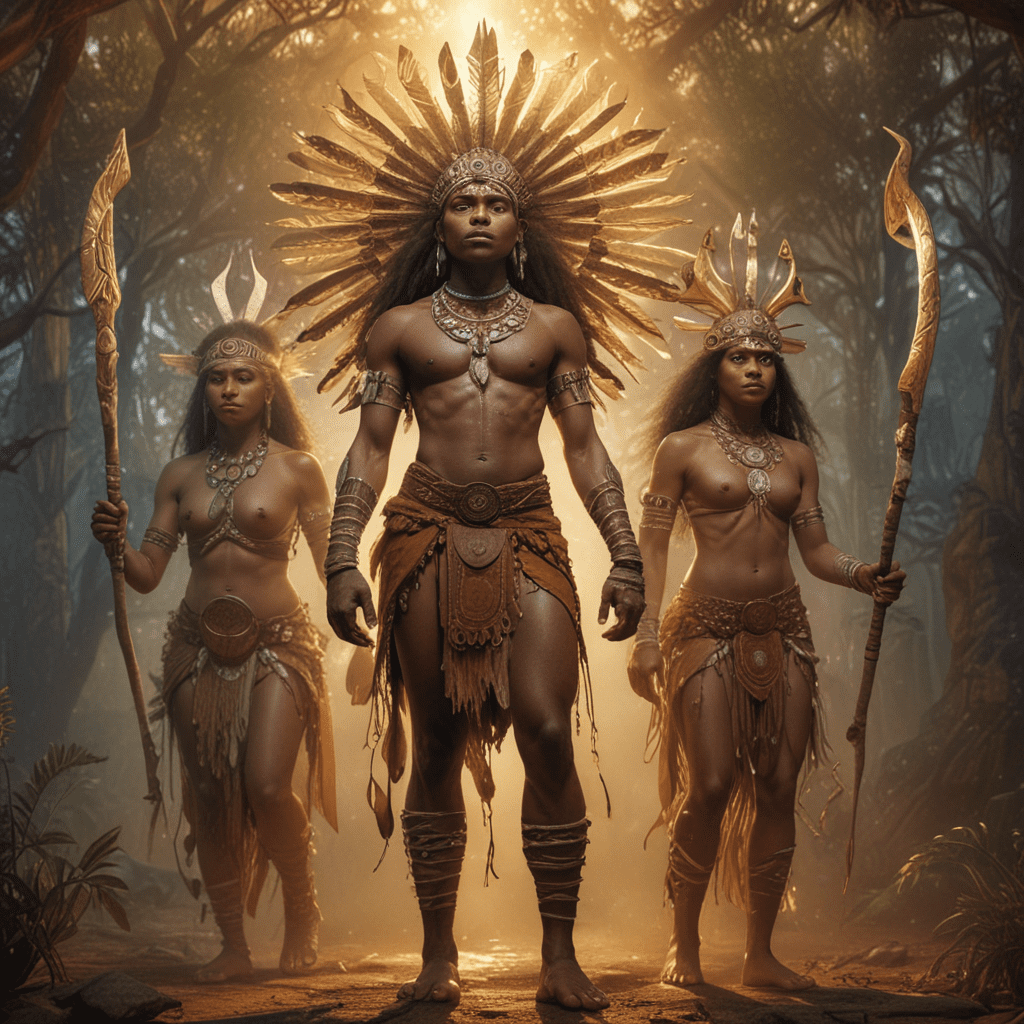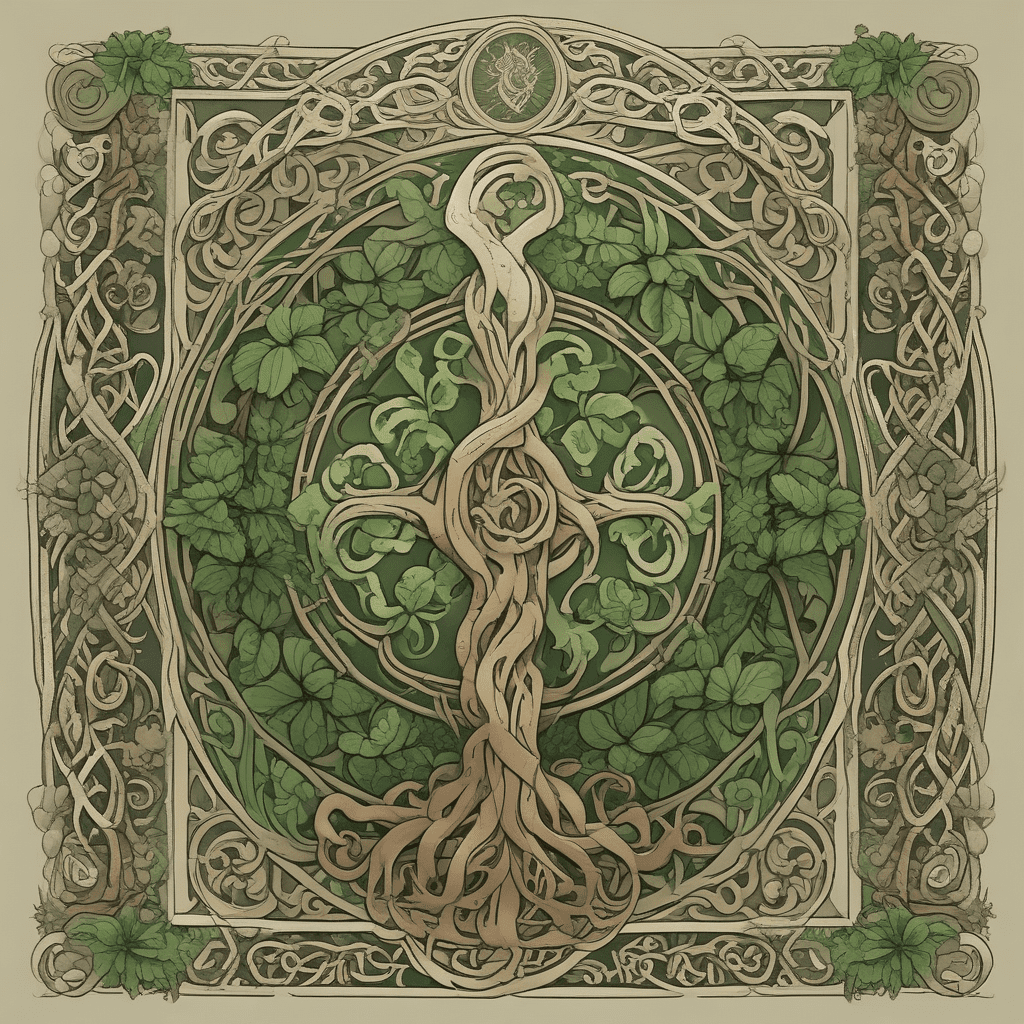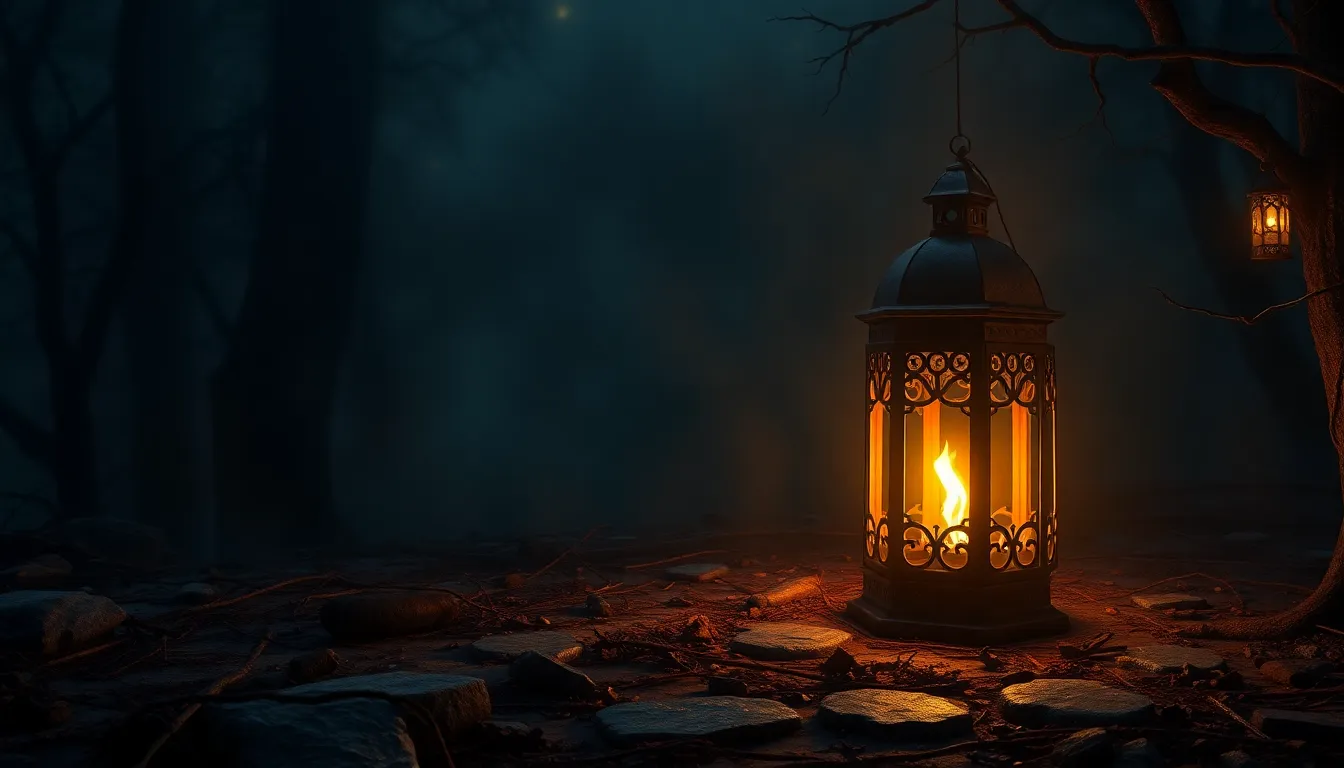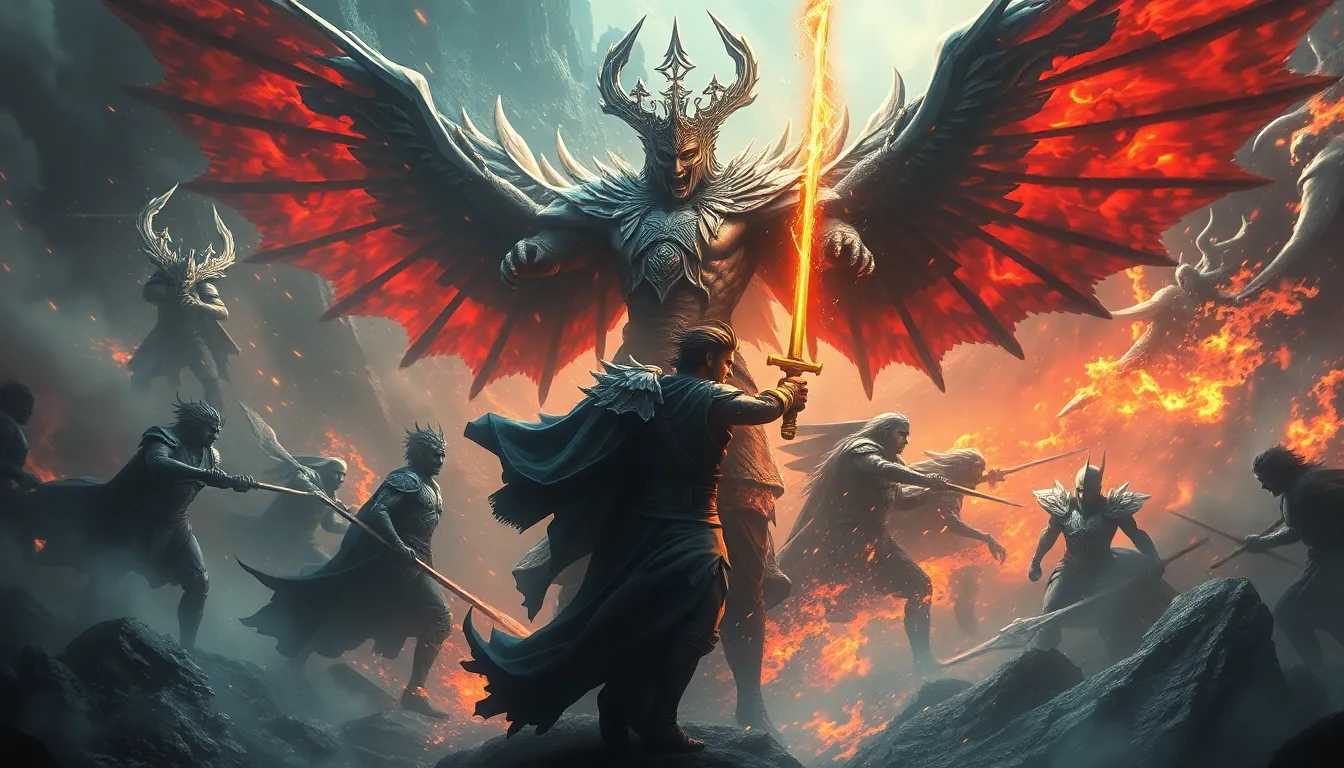Spirits and Deities in Australian Aboriginal Mythology
Introduction
For millennia, Australian Aboriginal mythology has provided a profound spiritual framework for the world's oldest living culture. Intertwined with the land, plants, and animals, this mythology revolves around the concept of the Dreaming, a time of creation and ongoing spiritual connection.
The Dreaming
The Dreaming is the foundational myth of Aboriginal spirituality. It is a time outside of time, a realm where ancestral beings shaped the world and established the laws of nature. Through the Dreaming, ancestors created rivers, mountains, animals, and people. These ancestral beings continue to reside in the Dreaming, watching over the land and guiding the present.
Ancestral Beings
Ancestral beings, known as the Wandjina or Rainbow Serpent, are revered as the creators of the land. They are believed to inhabit specific places, such as sacred sites or rock formations, and are often depicted in Aboriginal art. These beings maintain strong connections to the natural world and their descendants, offering guidance and protection.
Totemic Spirits
Totemic spirits are tied to particular clans or groups of people. They represent the spirit of an animal, plant, or natural phenomenon. Totemic spirits symbolize the deep bond between Aboriginal people and their environment, providing identity, guidance, and a sense of belonging.
Wandjina
The Wandjina are powerful spirit beings originating from the Kimberley region of Western Australia. Depicted as anthropomorphic figures in rock art, they are believed to have created the land and its people. The Wandjina are revered and honored through ceremonies and rituals, and their rock art serves as a testament to their spiritual significance.
6. Rainbow Serpent
The Rainbow Serpent is a widespread deity associated with water, rain, and fertility. Depicted as a giant serpent that creates rivers and lakes, it symbolizes the life-giving power of water. The Rainbow Serpent is also a guardian of sacred sites and protector of the land, connecting the spiritual and physical worlds.
7. Trickster Spirits
Trickster spirits, such as the mischievous Wati Nyul Nyul, embody the complexities of life. They play tricks on humans, teach valuable lessons, and challenge societal norms. Through their antics, trickster spirits remind people to be adaptable, resilient, and embrace humor in the face of adversity.
8. Ceremonies and Rituals
Rituals and ceremonies are fundamental to interacting with spirits and deities in Aboriginal mythology. These practices include song, dance, body paint, and the use of sacred objects. Through these rituals, Aboriginal people honor their ancestors, pay homage to the land, and strengthen their spiritual connection.
9. Spirit Animals
Spirit animals are animals believed to be connected to specific spirits. Individual people or groups may have their own spirit animals, which provide protection, guidance, and insight. These animals are often depicted in Aboriginal art and are considered important allies in the physical world.
10. Conclusion
Spirits and deities play a central role in Australian Aboriginal mythology, shaping the world and guiding the lives of Aboriginal people. Through the Dreaming, ancestral beings, totemic spirits, and other deities, Aboriginal spiritual beliefs provide a profound understanding of the interconnectedness of all living things and the importance of respecting the land and its traditions.
FAQ
What is the Dreaming in Aboriginal mythology?
The Dreaming is a foundational myth that describes the creation of the world and the ongoing spiritual connection between all living things.
Who are the Wandjina?
The Wandjina are powerful spirit beings from the Kimberley region, depicted as anthropomorphic figures in rock art and believed to have created the land.
What is the significance of totemic spirits?
Totemic spirits represent the spiritual bond between Aboriginal people and their environment, providing identity, guidance, and a sense of belonging.
How do Aboriginal people interact with spirits?
Ceremonies and rituals, such as song, dance, body paint, and the use of sacred objects, are used to honor ancestors, pay homage to the land, and strengthen spiritual connections.



